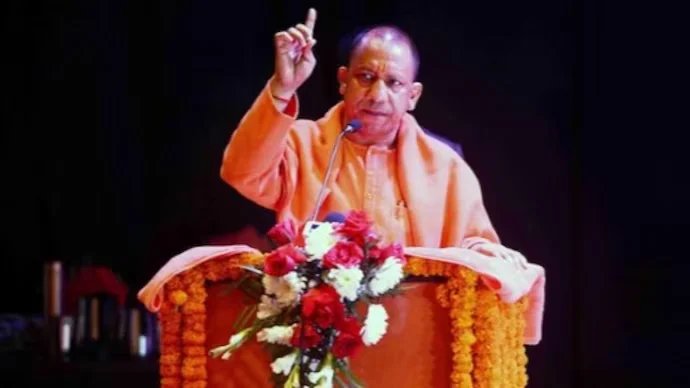‘Krishna asked for 5 villages, we asked for 3…’: Yogi on Ayodhya, Mathura, Kashi
Uttar Pradesh Chief Minister Yogi Adityanath said it he was fortunate to have facilitated the 'pran pratishtha' at the Ram Mandir in Ayodhya. Quoting from Dinkar's 'Rashmirathi', Yogi spoke about Mathura and Kashi, and the "injustice" to the holy sites.

The recent remarks by Uttar Pradesh Chief Minister Yogi Adityanath regarding the significance of Ayodhya, Mathura, and Kashi in the Hindu faith have sparked widespread discussions and debates. Adityanath’s emphasis on these sacred sites, particularly in the context of the Rashmirathi epic, sheds light on the cultural and religious heritage of India. Let’s delve deeper into the symbolism and historical significance of Ayodhya, Mathura, and Kashi in the context of Hindu mythology and contemporary discourse:
Table of Contents
Yogi Adityanath’s Assertions
During a recent public address, Yogi Adityanath underscored the spiritual and cultural importance of Ayodhya, Mathura, and Kashi, referring to them as the “pride of India.” Adityanath invoked the Rashmirathi epic, authored by Ramdhari Singh Dinkar, to highlight the deep-rooted connection between these sacred cities and the Hindu faith. His remarks have reignited discussions about the religious and historical significance of these ancient pilgrimage sites.
Ayodhya: Ram Janmabhoomi
Ayodhya holds immense significance in Hindu mythology as the birthplace of Lord Ram, one of the most revered deities in Hinduism. The city gained international attention due to the Ayodhya dispute, centered around the Ram Janmabhoomi-Babri Masjid site. The recent construction of the Ram Mandir at the disputed site has further cemented Ayodhya’s status as a symbol of Hindu faith and cultural heritage.
Mathura: Krishna Janmabhoomi
Mathura, located in the state of Uttar Pradesh, is revered as the birthplace of Lord Krishna, another prominent deity in Hinduism. The city is home to numerous temples and sacred sites associated with Krishna’s life, attracting pilgrims and devotees from across the world. Mathura’s rich cultural heritage and religious significance make it a focal point of Hindu pilgrimage and spiritual tourism.
Kashi: Vishwanath Temple
Varanasi, also known as Kashi, is one of the oldest continuously inhabited cities in the world and holds immense religious significance for Hindus. The city is renowned for the Kashi Vishwanath Temple, dedicated to Lord Shiva, which is considered one of the holiest Hindu shrines. Varanasi is also associated with spiritual enlightenment, rituals, and the celebration of life and death along the banks of the sacred Ganges River.
Symbolism and Cultural Heritage
Yogi Adityanath’s emphasis on Ayodhya, Mathura, and Kashi reflects the enduring cultural and religious legacy of these ancient cities in shaping the collective consciousness of Hindus. These sacred sites serve as symbols of faith, devotion, and cultural continuity, embodying the essence of India’s rich spiritual heritage. Adityanath’s invocation of the Rashmirathi epic further underscores the timeless resonance of Indian mythology and literature in contemporary discourse.
Conclusion
CM’s remarks on Ayodhya, Mathura, and Kashi underscore the enduring significance of these sacred cities in Hindu religious and cultural traditions. As custodians of India’s spiritual heritage, these ancient pilgrimage sites continue to inspire devotion, reverence, and contemplation, serving as symbols of the country’s diverse cultural tapestry and timeless spiritual wisdom. Stay tuned for further insights and analysis on India’s cultural and religious landscape in the evolving socio-political context.




